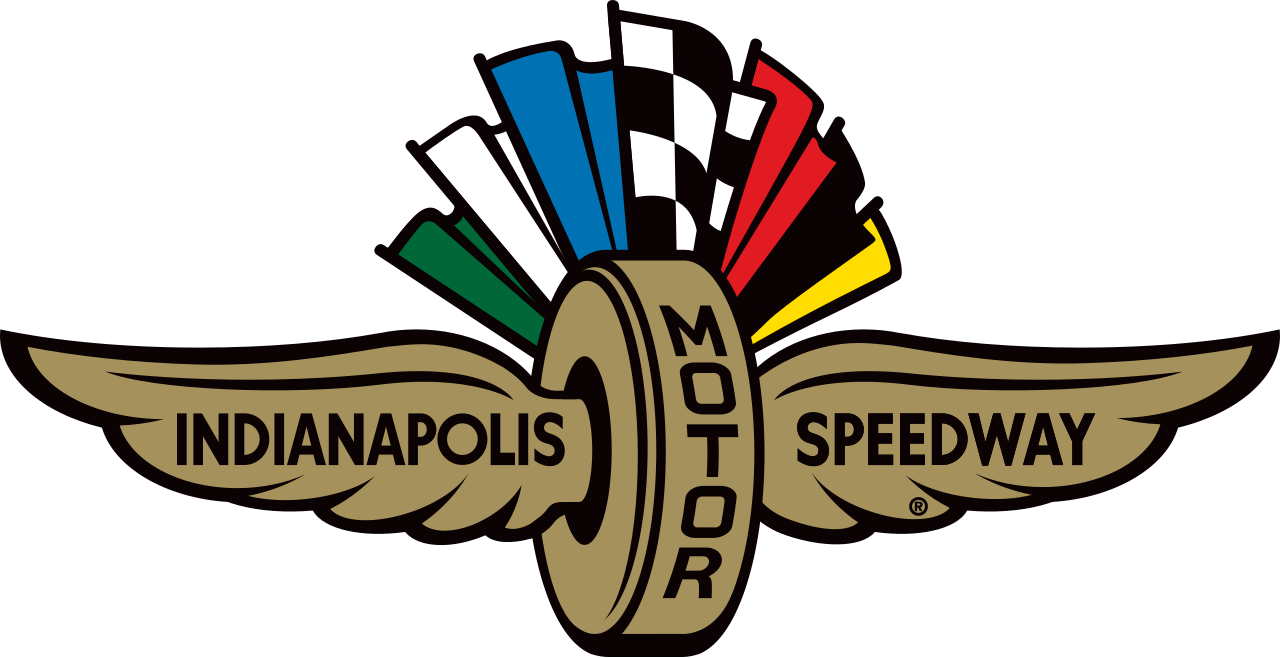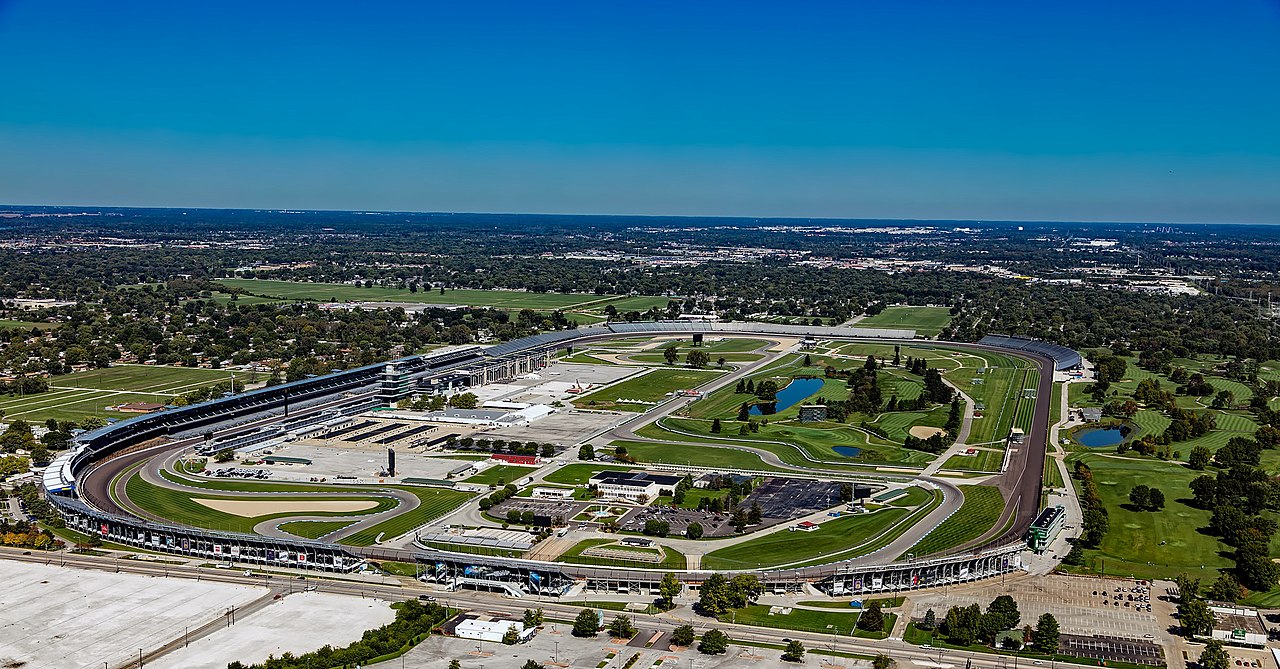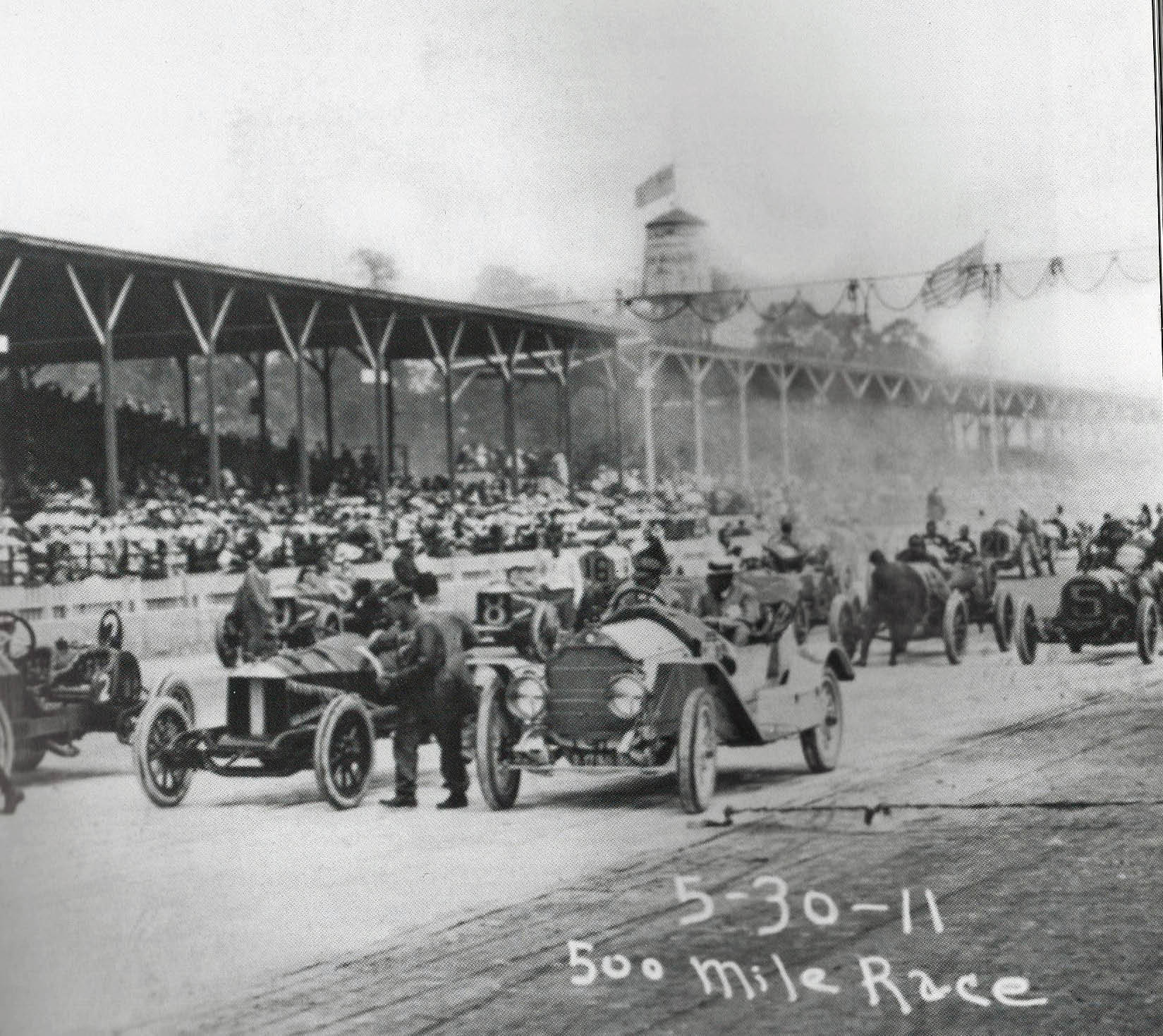
At 5:45 PM on September 30, 1955, 24-year-old actor James
Dean was killed in Cholame, California, when the Porsche
he is driving hits a Ford Tudor sedan at an intersection.
The driver of the other car, 23-year-old California Polytechnic
State University student Donald Turnupseed, was dazed but
mostly uninjured; Dean’s passenger, German mechanic Rolf
Wütherich was badly injured but survived.
Only one of Dean’s movies, “East of Eden,” had been released
at the time of his death (“Rebel Without a Cause” and “Giant”
opened shortly afterward), but he was already on his way to superstardom—and the crash made him a legend.
James Dean loved racing cars, and in fact he and his brand-
new, $7000 Porsche Spyder convertible were on their way
to a race in Salinas, 90 miles south of San Francisco.














